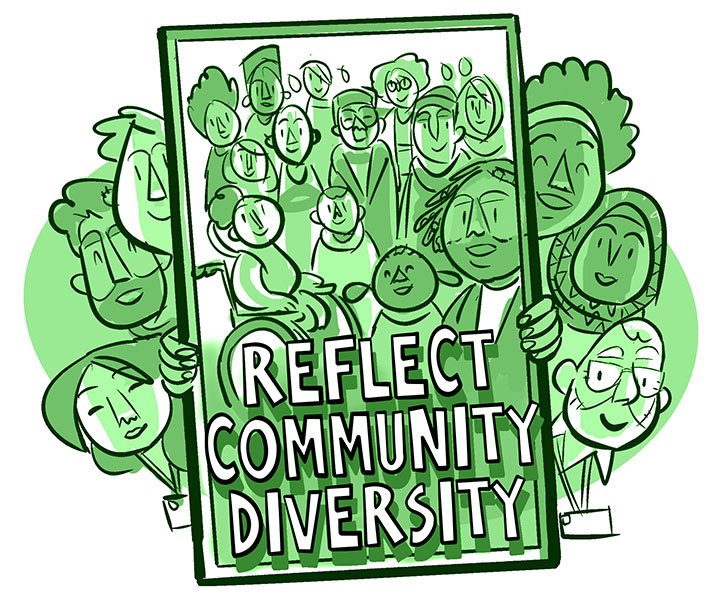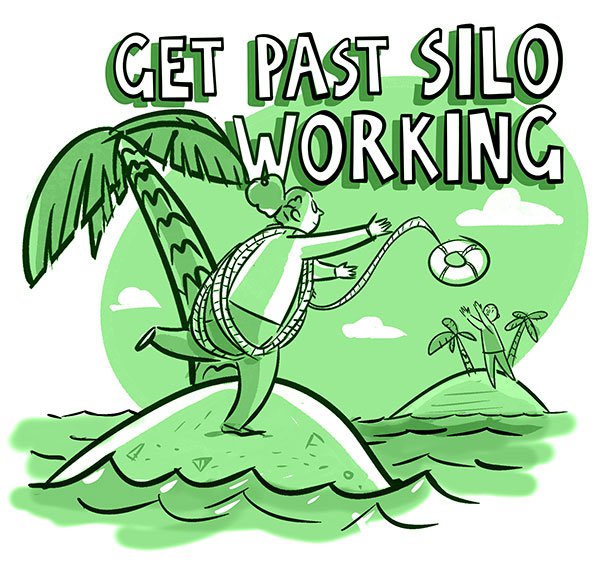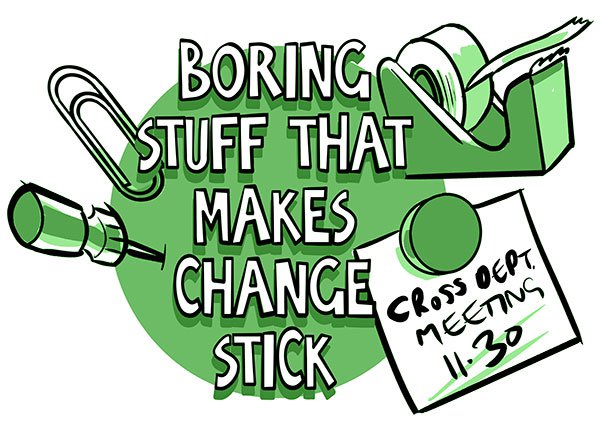What makes change stick
The shared high-activity of a funded project is a great way to develop a partnership through exploring working practices together, but long-term outcomes can go way beyond this.

Participation, where the local community has agency and influence over decision and action, brings exceptional and wide-reaching benefits for organisations who are open to becoming more relevant, diverse and sustainable science learning spaces.
Benefits of partnership work for science centres involved in Explore Your Universe, beyond simply ‘reaching a new audience’, included:
- Content and practice development that is more relevant, meaningful and has greater impact and reach with non-dominant audiences
- Practitioner CPD and staff training (run together or with training led by community partners)
- Being ‘invited to the table’ for ongoing collaborations and wider community discussions, including funding opportunities that are meeting a community need
- Re-shaping polices (such as HR/recruitment), with a view to impacting the representation within staff teams.
Impacts on science centres happened at a number of levels:
Jen DeWitt, Senior Research Fellow, UCL Institute of Education, External evaluator for Explore Your Universe Phase 4
1) on practitioners developing and delivering engagements and working directly with community partners; 2) across practice within a science centre more broadly, involving managers or departments and those not always directly involved in delivery of EYU4; and 3) at a more strategic level across a science centre (e.g. related to strategy and/or becoming more inclusive)
What you can bring?
Universities, learned institutions and informal science learning organisations can also bring a lot to a partnership beyond science resources and expertise such as:
- A venue/space for other activities
- Opportunities to access wider science events, staff and learning resources (such as equipment, technology, activities)
- Evaluation of impact
- Dissemination and advocacy
- Funding opportunities
- Opportunity for youth work experience and developing employability skills.
When community partners feel that the approaches and activities brought through working with science centres, universities and museums can lead to valuable outcomes, this can lead to even deeper impact for participants and partners that embeds activities beyond the duration of a particular programme. Enabling community partners to carry on with activities, should they have the capacity to do so, is an impactful way of supporting science capital.
TOP TIP
When legacy is considered from the start, partnership work is about being part of – and building – a community, not just a route to a more diverse audience. Ask yourself, what local challenges can you address through strategic partnerships with your local community?

Even if knowledge and connection for community participation is spread among a number of staff involved in outreach or engagement, this work can often be siloed in particular departments within an organisation. It simply may not go further.
For many informal science learning organisations, despite substantial support for EDI efforts within education, learning and public engagement departments, the shifts within wider organisations are less clear to see, and may be blocked by out-dated, systemic processes and policies.
Robust mechanisms for organisational communication and reflection need to be in place to feed valuable professional practice relating to equity, inclusion and engagement and participatory practice across other departments. This improves the holistic learning of an organisation, decreases the disconnect between departments and schemes of work and can influence future policy documents. Policies and strategies embed this into the day-to-day workings of an organisation and sustain change by committing it to institutional memory.
Case study from Explore Your Universe
Alongside a fit with wider schemes of work, another opportunity for embedding this kind of work was provided by alignment with moments where science centres were discussing and developing new organisational strategies. In 2021, Science Oxford were developing their next five-year plan, which staff hoped would be informed by the experience of Explore Your Universe Phase 4.
During the 2020 lockdown, the urgency of revisiting organisational strategy documents increased these opportunities for embedded change.
Mechanisms that support embedding change do not just address the question ‘how do we make inclusion work?’ but ‘how do we make anything work in an organisation?’. During this programme, ASDC was interested in the conditions under which change was sustained from the Explore Your Universe project. These mechanisms include such things as:
- Full staff briefing and meetings
- Effective trustee engagement
- Processes for cross departmental working groups (such as EDI groups)
- Long-term and consistent planning approaches
- The storing and sharing of information
- Monitoring, measurement and reporting on impact
- Offering suitable opportunity for staff from other departments to engage and reflect.

In my current role I am now focused more on creating a healthy, change-ready and reflective organisational culture. The content or theme of the change now feels much less meaningful - I don't want to focus on the new and shiny, but on the 'boring' structural issues that make change stick and embed.
Jo Bryant, Volunteer Manager, We The Curious
